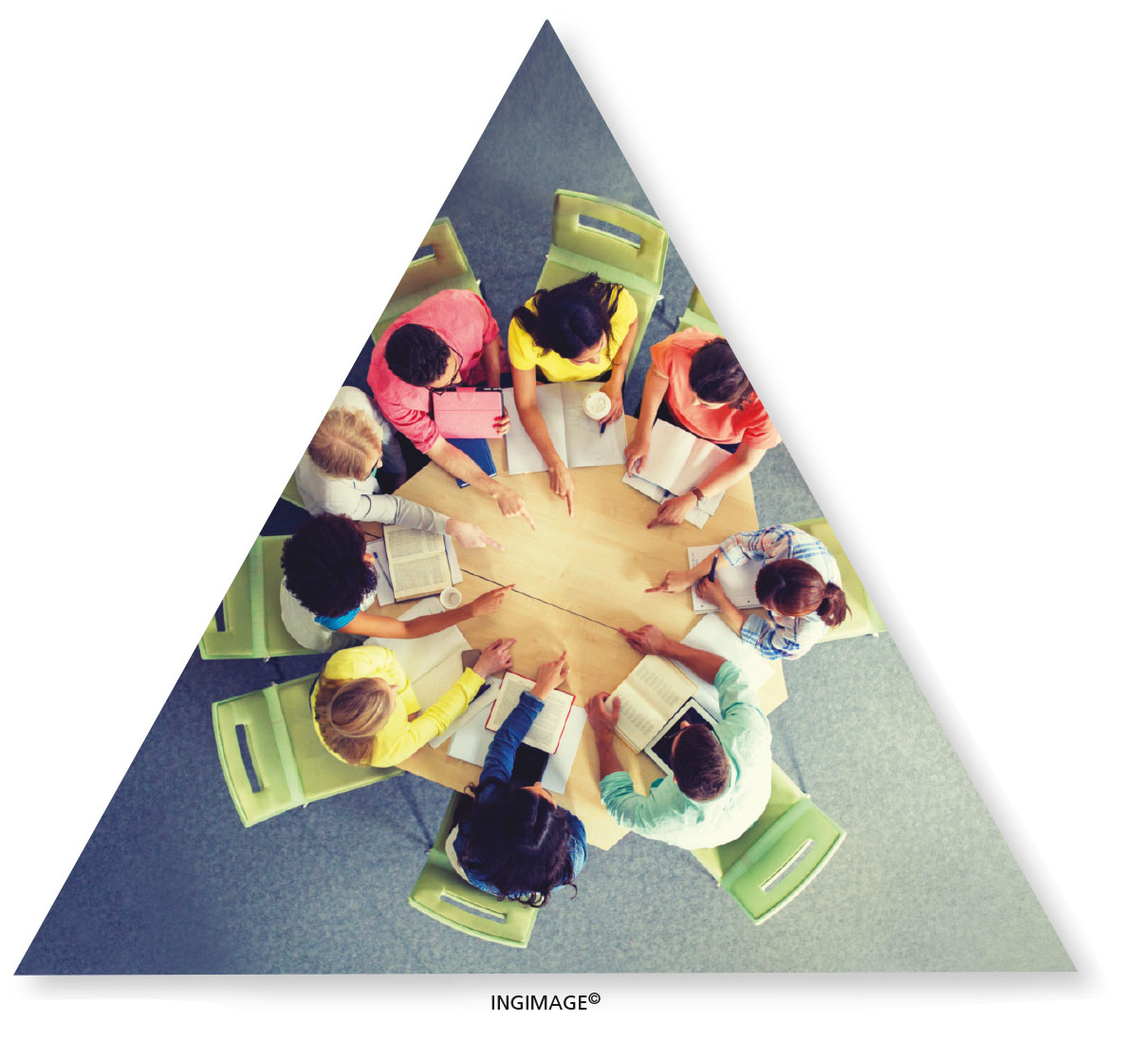EDUCATING SRI LANKA
PAST TEACHING
The educative process has differed from era to era – Goolbai Gunasekara
For the last 70 years or so, education of this country has been through change after change – not always for the better. COVID-19 has enforced alterations that were totally unexpected and for which developing countries weren’t prepared.
Suddenly education went online, forcing us to upgrade our IT skills almost overnight. It is now mandatory that children need to be knowledgeable and comfortable with the new methods of learning, be they virtual or face-to-face.
And the educative process has differed greatly from era to era and country to country. It has gone from being orally imparted to computer imparted knowledge. Here are some varied ways in which education was developed in different countries and ages.
The spoken words of the great teachers who founded today’s religions were written down many years after they had passed away. But so strongly entrenched was the oral tradition of ancient times that very little was lost when their teachings were finally put together in written form.
In India and probably many Asian countries, the systems of education were similar. The guru would sit with his pupils around him in a circle. Groups were small. Discussion was allowed after the guru had finished speaking. The education of the time would have depended on the level of culture and civilisation reached by each country.
One of the first universities in the world was Nalanda in North India. It had over 10,000 students from all over the civilised world, drawn mostly from Asia and what we now call the Middle East.
In Greece, we have the teachings of Socrates, Plato and Aristotle as examples of education imparted to a few chosen students – although by then, writings were available. However, education was by no means for all and certainly not for most women during that classical era.
In Europe, the centres of learning were the churches. The priests were educated and books were handwritten. The printing press had not yet been invented. Those beautifully written and illustrated books can be seen in museums today. A medieval book was more valuable than a piece of land and was carefully guarded.
There was a massive surge of knowledge during the time of the Islamic Empire. Arab interests touched and developed everything from mathematics and medicine, to architecture, law, astronomy etc. In fact, the Arabian maps helped the Europeans to make their voyages of discovery, which eventually brought Vasco da Gama to Sri Lanka’s shores in 1505.
What is different today is that education has become available to everyone. Not so till recently. What’s interesting is that in medieval Europe, education was not regarded as being necessary for either the peasantry or aristocracy. Charlemagne could barely sign his name. Education was kept alive in churches. Only monks could write, and they acted as secretaries and accountants to rulers.
The aristocracy were tutored in knightly duties and the martial arts that kept them mighty busy all day. Education was for the wimp. It was certainly not valued too much except when the kings were making treaties, keeping track of taxes, working out trade agreements among themselves or doing anything that required a written document.
Such was not the case in countries such as medieval Japan where the top samurai class received the best education. The emperor, shoguns and daimyos (nobles), and samurai women, were highly literate. Elegant penmanship was considered cultured, and many could write poetry, compose haikus and read widely from available books.
In China, advancement in careers was dependent on tough exams that took days to complete. Candidates of all classes could try. They were put into little boxlike rooms where they sat for hours at a stretch, stopping only to eat and sleep.
There did not seem to be a gender education problem in those countries, which was an advanced concept when you realise that right up to the 19th and early 20th centuries, women weren’t allowed to study medicine or even law at universities in Europe and the US.
Marie Curie faced enormous problems and was almost thrown out of her class. Needless to say, she was the only woman in Paris to even try to get a medical degree.
Ruth Bader Ginsburg, the American Supreme Court Judge who recently passed away, had similar problems getting into Harvard Law School. Prejudice against women receiving anything but a stereotyped education was very common.
And so it went. We have been fortunate that women in Sri Lanka were never discriminated against on the basis of sex. Perhaps women did not choose careers like engineering in the early days.
How far the world has progressed! Basic education is free and easily available worldwide. One question that leaps to mind is this: how come humanity still manages to remain self-destructive and yes, often stupid?



